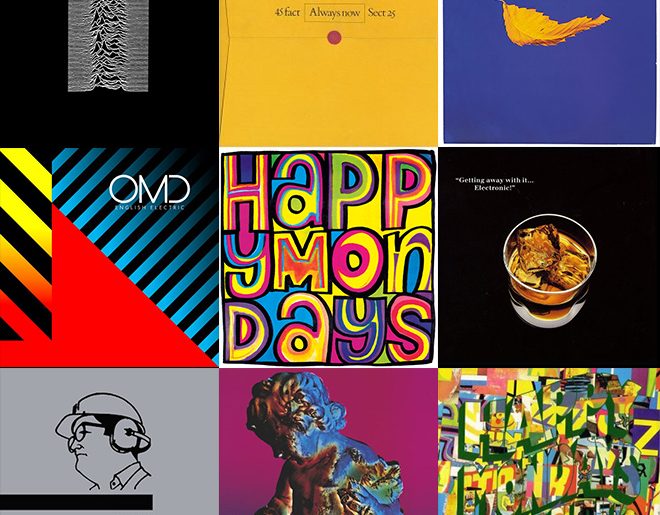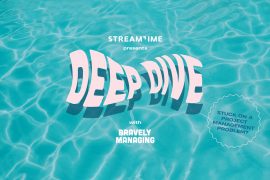When Factory Records opened it’s doors in 1978, the music industry had never seen anything like it. Not only did the label’s artists enjoy creative freedom but so did the graphic designers that produced the album artwork. Album covers were suddenly stimulating, they had vision, they were beautiful.

Factory famously didn’t worry about budgets or deadlines. Artwork created by Peter Saville, Central Station Design, 8vo and the other designers at Factory often used expensive stocks, metallic inks and die cuts in their designs. 7 inch and 12 inch formats had different artwork, even Factory’s numbering system became part of the creative process. Other record labels would never dream of doing this because of the cost involved. Working there was a designers dream.
“Why was packaging important to us? Because the job was a sacred one. Music had transformed our young lives, children of the sixties all. And now we were in the privileged position of putting out records ourselves.” – Tony Wilson, Co Founder, Factory Records (taken from Factory Records The Complete Graphic Album).
“Blue Monday” (Fac 73) was probably the most famous product of this design first, profitability second policy. Designed by Peter Saville, the packaging for New Order‘s 12 inch single was more expensive than the single itself. Designed to resemble a floppy disk, it included expensive die cutting and a silver inner sleeve. There was no mention of the band’s name or even the name of the song anywhere on the cover. Instead Saville created a code using a series of colour blocks. The key to decipher this code would be found on the back sleeve of New Order’s Power, Corruption & Lies album (Fact 75), a secret code for the initiated. “Blue Monday” became the biggest selling 12 inch single of all time in the UK.

The designers at Factory Records didn’t just create album artwork, they also designed flyers, posters, stationery, Factory Records HQ, a bar, and even a nightclub. If you have the slightest interest in design (which we assume you do if you’re reading our blog) or even just want to see the artwork synonymous with the Manchester music scene of the late 70’s, 80’s and early 90’s then I recommend Matthew Robertson’s book Factory Records The Complete Graphic Album (Fac 461).
Peter Saville would later say that “Factory misled a generation into believing all designers have unlimited freedom” and that may be so. Designers may never enjoy the same creative freedom bestowed upon the Factory Records employees, but that freedom started a legacy of great, cutting edge design in the music industry and beyond.







